Why Southern Serengeti?
The “green season” refers to the period between November/December to to May - typically when the short rains start until the end of the long rains. Rains in the Serengeti mean vivid colour, new life and rich game. Here are my top 3 reasons to visit the Serengeti during this magical time of year..
Wildebeest and Zebra Migration:
The wildebeest and zebra migration will be roaming this vast space due to the abundance of short nutritious grass that should have sprouted from the short rains that typically start in November. With fresh grass, the animals have food in plenty for themselves and the wee ones that will be born in these plains during the month of January and February.
Every year, the herds birth in these open plains which is a sight to behold. You know who else likes to stay close to the huge herds, the Big Cats. Hobbyists, amateur or pro photographers, listen up. Because of birthing and the ease of food for the big cats, dramatic scenes of hunts are possible. Think cheetahs showing off their full-throttle speed bringing down an adult wildebeest or lionesses working together to tackle a zebra. Calves are easy prey. Graphic I know, but nature.
Don’t worry, it’s not only wildebeest and zebra and big cats that you will see. Elephants, birds galore, antelopes of all kinds, possibly the vicious wild-dogs, jackals, and so much more will be around to make this an amazing Safari.
Dramatic skies:
Thunder, lightning, gloomy dark skies, yup, those are what you have to look forward to when heading on Safari during the ‘rainy’ green season. As much as this is a deterrent for a lot of people, if you are comfortable, sitting back for a bit, and enjoying these experiences, you will be well rewarded with drama from nature. Sometimes you will be on drives during these moments, and others, sit back and enjoy these moments from the lovely places we recommend.
Green lush landscape:
The dry season does have its appeal and moments that are magnificent but the rain does make for green lush landscape. I personally love green spaces - it is an escape from my concrete jungle in Houston. And I do love a good contrast between the wildlife and the landscape.
You don’t have to be restricted to Southern Serengeti if you plan on traveling during these green months. We can take you to Northern and/or Eastern Serengeti - the wildlife is always present and the landscapes glorious as ever. Mix in other parks like elephant-rich Tarangire National Park and wild Ruaha National Park in Tanzania. The possibilities are endless.
These times don’t work for a Safari. No worries.
TImeline of where the Wildebeest MIgration is year round. They never disappear. They are constantly moving from area to area throughout the Serengeti, Tanzania and Masai Mara, Kenya eco-system.









